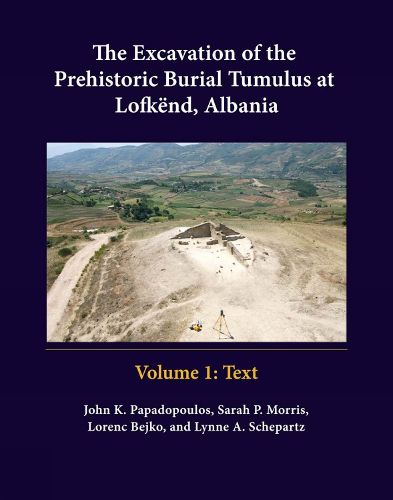Readings Newsletter
Become a Readings Member to make your shopping experience even easier.
Sign in or sign up for free!
You’re not far away from qualifying for FREE standard shipping within Australia
You’ve qualified for FREE standard shipping within Australia
The cart is loading…






The burial tumulus of Lofkend lies in one of the richest archaeological areas of Albania (ancient Illyria ), home to a number of burial tumuli spanning the Bronze and Iron Ages of later prehistory. Some were robbed long ago, others were reused for modern burials; few were excavated under scientific conditions. Modern understanding of the pre- and protohistory of Illyria has largely been shaped by the contents of such burial mounds. What inspired the systematic exploration of Lofkend by UCLA was more than the promise of an unplundered necropolis; it was also a chance to revisit the significance of this tumulus and its fellows for the emergence of urbanism and complexity in ancient Illyria. In addition to artifacts, the recovery of surviving plant remains, bones, and other organic material contribute insights into the environmental and ecological history of the region.
$9.00 standard shipping within Australia
FREE standard shipping within Australia for orders over $100.00
Express & International shipping calculated at checkout
The burial tumulus of Lofkend lies in one of the richest archaeological areas of Albania (ancient Illyria ), home to a number of burial tumuli spanning the Bronze and Iron Ages of later prehistory. Some were robbed long ago, others were reused for modern burials; few were excavated under scientific conditions. Modern understanding of the pre- and protohistory of Illyria has largely been shaped by the contents of such burial mounds. What inspired the systematic exploration of Lofkend by UCLA was more than the promise of an unplundered necropolis; it was also a chance to revisit the significance of this tumulus and its fellows for the emergence of urbanism and complexity in ancient Illyria. In addition to artifacts, the recovery of surviving plant remains, bones, and other organic material contribute insights into the environmental and ecological history of the region.